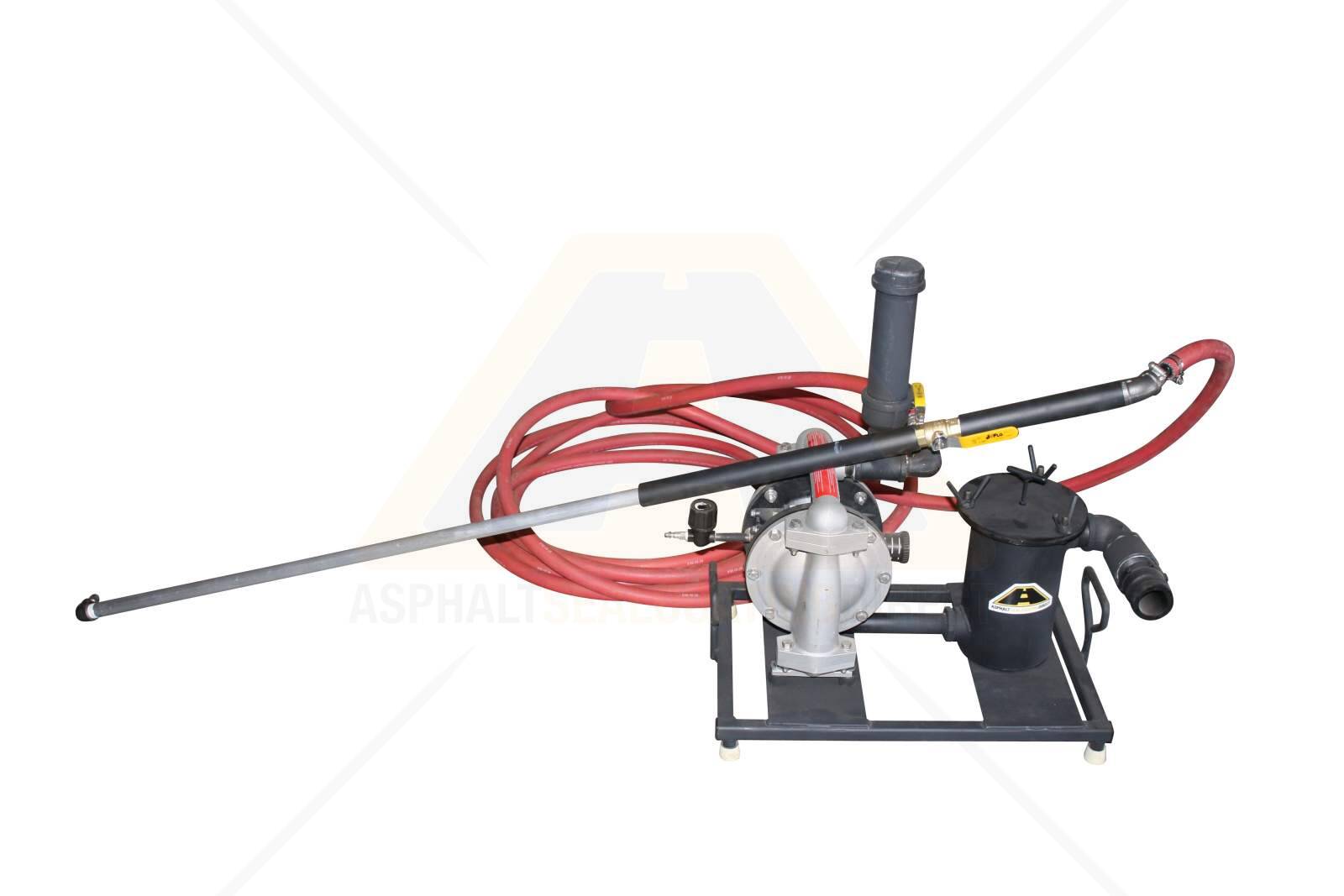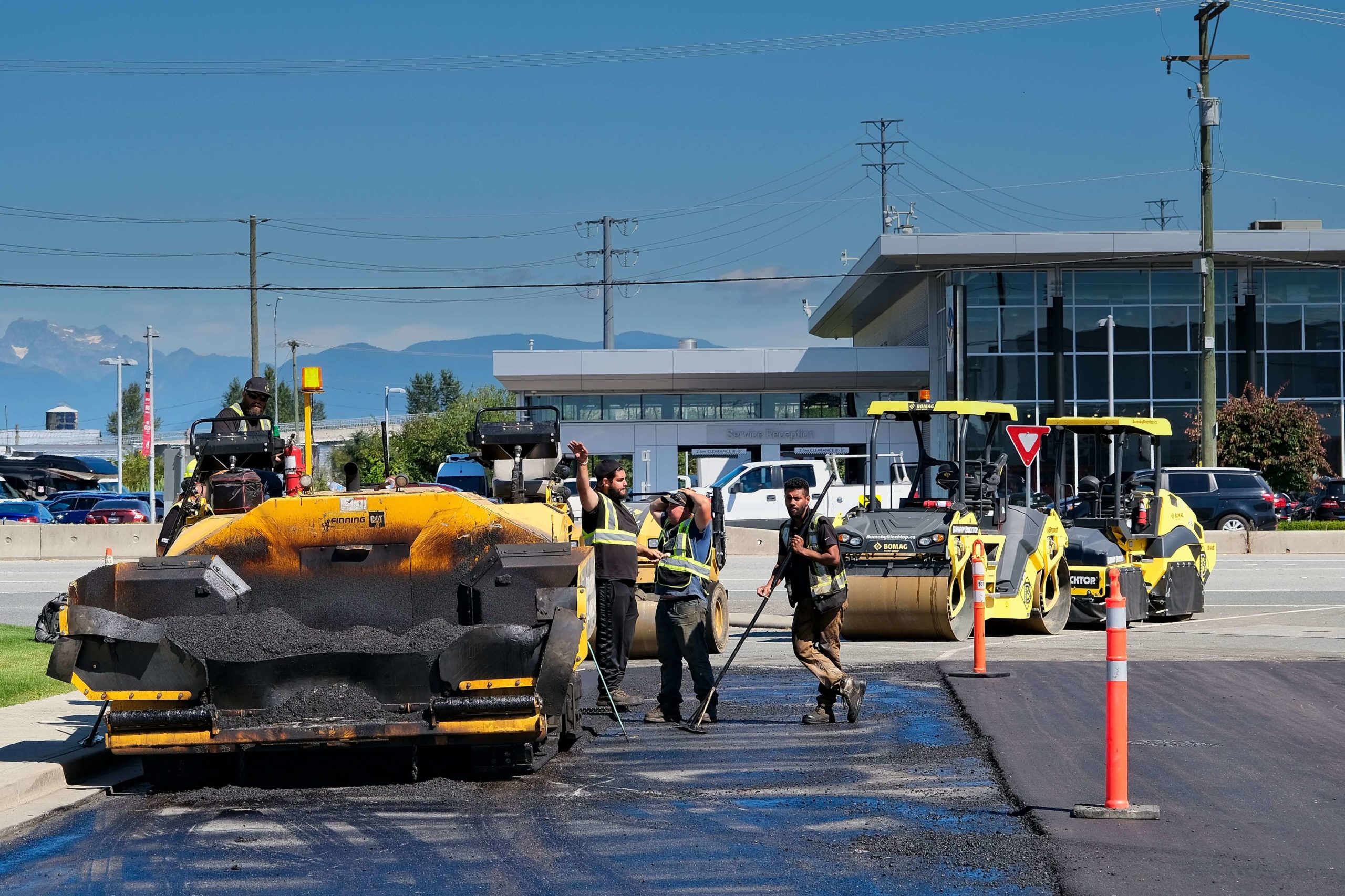Hot Mix Asphalt: A Sustainable Remedy for Pavement
Hot Mix Asphalt (HMA) has emerged as a leading sustainable choice for pavement remedies, providing a myriad of environmental benefits and innovative technologies. As the need for eco-friendly construction methods expands, discovering the subtleties of HMA's sustainability can give valuable understandings right into the future of sidewalk services.
Environmental Advantages of Warm Mix Asphalt

Moreover, Warm Mix Asphalt assists to alleviate city warm island impacts. Its dark shade soaks up sunshine, decreasing the quantity of heat reflected back into the environment compared to lighter-colored pavements. This can decrease ambient temperature levels in city areas, reducing the demand for air conditioning and eventually decreasing energy intake.
On top of that, Hot Mix Asphalt contributes to improved stormwater monitoring. Its permeable nature allows water to reenergize and penetrate the sidewalk groundwater materials, minimizing drainage and the danger of flooding. These environmental benefits make Warm Mix Asphalt a lasting option for paving roads and freeways.
Energy Efficiency in HMA Production
Is power performance a vital consider the manufacturing of Hot Mix Asphalt (HMA)? Absolutely. Energy plays a substantial duty in the manufacturing of HMA, affecting both price and environmental sustainability. One crucial facet of energy performance in HMA production is using cozy mix asphalt (WMA) innovations (angled parking). WMA permits the blending and positioning of asphalt at lower temperatures compared to traditional hot mix asphalt, leading to decreased power usage during manufacturing. This process not just reduces gas usage yet likewise lowers greenhouse gas discharges, making it a much more environmentally friendly choice.
Additionally, improvements in plant innovations have actually led to more energy-efficient HMA manufacturing processes. By maximizing power use in HMA manufacturing, the sector can reduce its carbon footprint while keeping top notch sidewalk materials.
Recyclability of Hot Mix Asphalt
The recyclability of Hot Mix Asphalt (HMA) is a crucial element of its sustainability and lasting environmental impact. HMA is just one of the most recycled materials in the United States, with over 100 million bunches of recovered asphalt pavement (RAP) being reused yearly in new sidewalk building and construction. Reusing HMA supplies a number of ecological benefits, such as minimizing the demand for virgin products, reducing energy usage during production, and decreasing the amount of waste sent out to garbage dumps.
The procedure of recycling HMA entails crushing the existing pavement, crushing it into smaller pieces, and mixing it with new aggregate and asphalt binder to produce a recycled mix. This recycled mix can typically perform as well as or also far better than standard HMA, while requiring fewer raw products and creating reduced greenhouse gas emissions. By incorporating RAP into brand-new sidewalk tasks, roadway agencies can preserve natural deposits, reduce costs, and minimize the ecological footprint of roadway construction and maintenance tasks. Generally, the recyclability of HMA plays a substantial role in advertising sustainable methods within the sidewalk industry.

Long-Term Efficiency of HMA
Asphalt sidewalks demonstrate resilience and find out this here resilience over an extensive duration, mirroring the lasting efficiency of Warm Mix Asphalt (HMA) In addition, improvements in HMA technology, such as the use of polymer-modified binders and cozy mix asphalt, have actually even more boosted the toughness and long life of HMA pavements. By prioritizing quality building and construction and maintenance practices, HMA proceeds to verify itself as a sustainable and economical solution for resilient pavement infrastructure.

HMA: Toughness and Sustainability
Demonstrating both resilience and sustainability, Hot Mix Asphalt (HMA) has actually come to be a keystone in the building of resilient sidewalk frameworks - hot mix asphalt. HMA's toughness originates from its capacity to stand up to hefty lots, harsh weather, and high web traffic quantities, making it a dependable choice for roadways, freeways, and airport runways. The structure of HMA, which generally consists of accumulations, binder, and filler, plays a vital function in boosting its long life and resistance to tear and wear
Additionally, HMA's sustainability depends on its recyclability and energy-efficient manufacturing process. The capability to recycle redeemed asphalt pavement (RAP) in new HMA look here blends minimizes the demand for virgin materials and minimizes the ecological influence of pavement building and construction and upkeep. In addition, the energy efficiency of producing HMA depends on its lower mixing temperature levels contrasted to various other sidewalk products, leading to reduced energy consumption and greenhouse gas exhausts.
Conclusion
In final thought, hot mix asphalt (HMA) offers a lasting solution for pavement with its ecologically friendly attributes. HMA's recyclability, energy efficiency in production, and long-term sturdiness make it an environmentally friendly selection for road building and construction. By preserving natural deposits, minimizing waste, and decreasing greenhouse gas emissions, HMA plays a crucial function in advertising sustainability in infrastructure growth. Its ability to alleviate metropolitan heat island effects even more emphasizes its value in developing durable and environmentally aware sidewalk systems.
HMA is one of the most recycled products in the United States, with over 100 million bunches of redeemed asphalt sidewalk (RAP) being recycled every year in brand-new sidewalk building and construction.The procedure of recycling HMA involves milling the existing pavement, squashing it into smaller sized items, and blending it look at this web-site with new aggregate and asphalt binder to create a recycled mix.Asphalt sidewalks demonstrate sturdiness and resilience over an extended duration, reflecting the lasting performance of Hot Mix Asphalt (HMA) Additionally, advancements in HMA modern technology, such as the usage of polymer-modified binders and warm mix asphalt, have actually further boosted the longevity and durability of HMA sidewalks. The ability to recycle reclaimed asphalt sidewalk (RAP) in brand-new HMA mixtures reduces the need for virgin materials and lessens the ecological influence of sidewalk building and construction and maintenance.